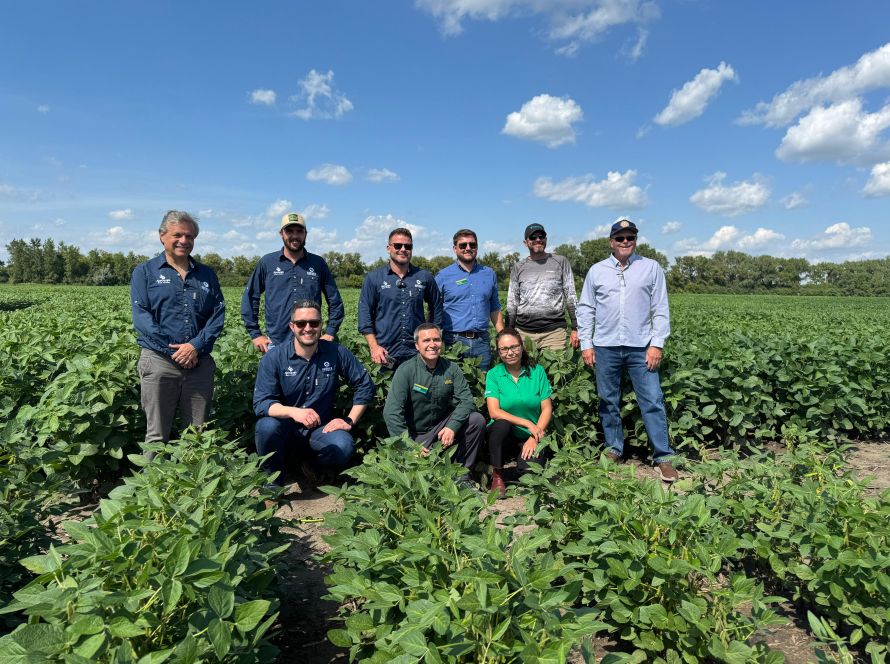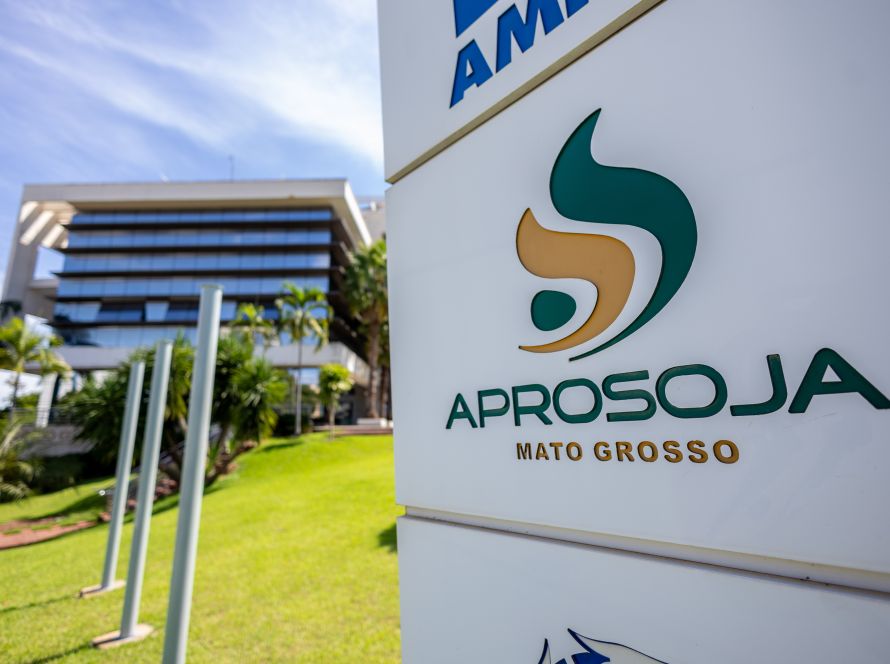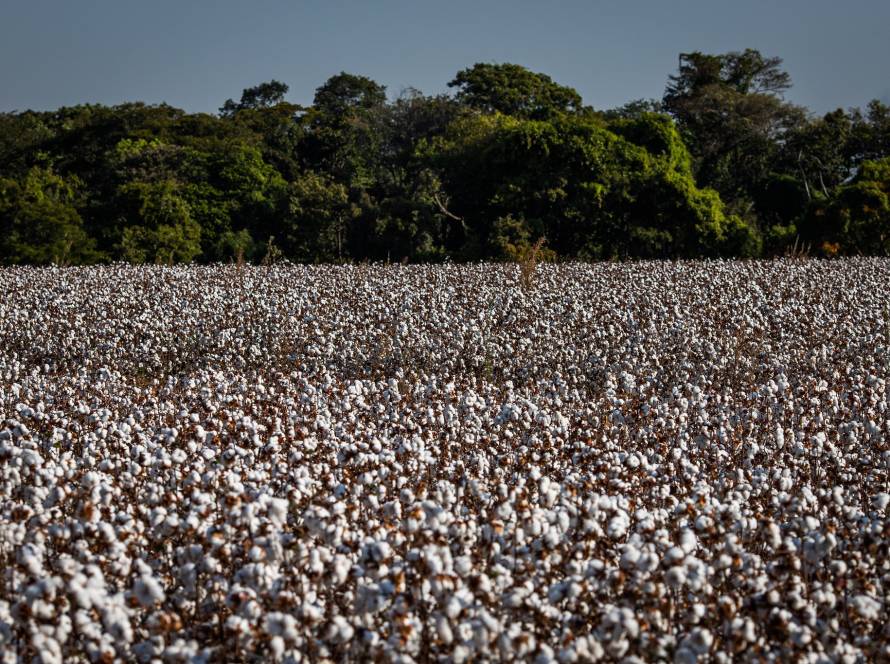With the end of the sanitary break on September 15, planting of the 2025/2026 soybean crop will be authorized starting September 16 in Mato Grosso do Sul. Growth in cultivated area and production is expected compared to the previous cycle.
According to projections from the Mato Grosso do Sul Soybean Producers Association (Aprosoja/MS), the planted area could reach 4.79 million hectares, representing an estimated increase of 5.9% compared to the 2024/2025 harvest, which occupied 4.59 million hectares. Estimated production is 15.2 million tons, an increase of 8.1% compared to the 14.060 million tons of the last harvest. Projected average productivity is 52.8 bags per hectare, an increase of 2.0% over the 51.79 bags recorded in the previous harvest.
Aprosoja/MS president Jorge Michelc believes that the start of planting represents a moment of confidence for the sector, but one that must be accompanied by caution given the climate and economic challenges. "Mato Grosso do Sul is experiencing consistent soybean expansion, a result of the dedication of producers and the increasing use of management technologies. However, we know that the climate will be crucial in transforming this potential into reality. Planning and adopting modern practices will be crucial to ensuring the expected results and consolidating our state's strength on the national stage," he stated.
Gabriel Balta, technical coordinator of Aprosoja/MS, emphasizes that the projected figures for the 2025/2026 harvest demonstrate the resilience and adaptability of Mato Grosso do Sul producers. "The estimated 15.2 million tons reflects a recovery cycle after fluctuations in recent harvests. Producers have invested in more adapted varieties and management strategies. The growth in area and stable productivity indicate that there is room for positive results, as long as the weather remains within normal limits," he emphasized.
Climate and costs remain as risk factors
Although projections are optimistic, crop performance will depend on weather conditions throughout the cycle. Irregular rainfall remains the main factor of uncertainty. In recent years, Mato Grosso do Sul has recorded significant losses due to water stress. The productivity projection for 2025/2026 is considered moderate precisely to account for this historical variability.
According to Mateus Fernandes, Economics Analyst at Aprosoja/MS, another point of concern is production costs. "Inputs such as fertilizers and pesticides continue to represent a significant portion of producers' budgets, and data from July 2025 confirm this pressure. Compared to July 2024, there was a significant increase in several fertilizers: MAP increased by 43%, Purified MAP by 44%, urea by 25%, and potassium chloride (KCL) by 23%. Even complementary inputs, such as Starter Manganese Platinum (+39%) and Potassium Nitrate (+16%), saw significant increases in price."
According to Mateus, although some products saw a one-off decline, such as dolomitic limestone (-7%), the overall trend is upward, significantly increasing crop nutrition costs. "This scenario indicates that soybean production in the 2025/26 harvest tends to be more expensive, requiring greater financial planning on the part of farmers. Therefore, careful resource management and the use of risk mitigation tools, such as rural insurance and advance sales, become even more strategic. These practices help protect profitability in a scenario of rising costs and tighter margins, ensuring greater security for producers against market fluctuations."
Perspectives
With expanded acreage, expected production growth, and an international market that maintains strong demand, Mato Grosso do Sul enters the 2025/2026 harvest in a prominent position. "The outlook is positive, but it requires a balance between optimism and prudence. Producers' ability to combine technology, planning, and risk management will be crucial in transforming projections into concrete results," concludes Jorge.





